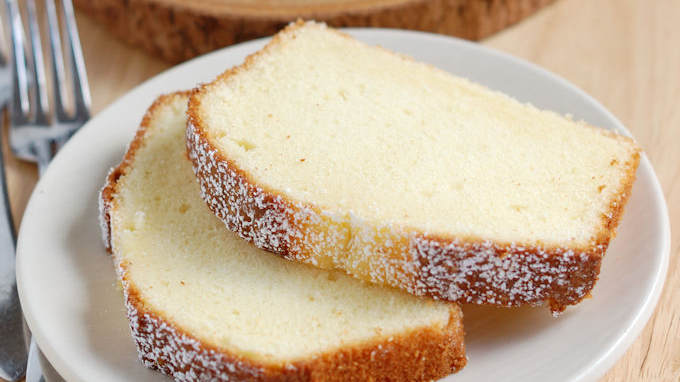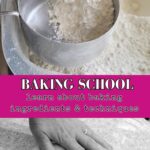Cake Recipe Science
Learn how to build, balance, and troubleshoot cake recipes.
Every cake recipe — from buttery pound cake to feather-light sponge — follows the same underlying chemistry. Once you understand how flour, sugar, eggs, fat, and liquid interact, you can predict how a recipe will bake up and adjust it to your taste.
Before I started Baking Sense, I owned a custom cake business for over ten years and baked, quite literally, thousands of cakes. That hands-on experience taught me how small changes in ingredient ratios can completely transform a cake’s texture, flavor, and structure — the very principles you’ll explore in this section.
In Cake Recipe Science, I’ll walk you through the why behind cake baking — how ingredients and mixing methods work together to create structure, tenderness, and lift. Each guide breaks down a different piece of the puzzle, so you can read, experiment, and gain the confidence to fine-tune any recipe.

Explore the Cake Recipe Science Guides:
For a Deep Dive into Baking Ingredients & Techniques
Head over to Baking Ingredient Science → for detailed explanations of each of the major baking ingredients.
Head over to Baking Techniques → to learn more about baking terms and techniques.

